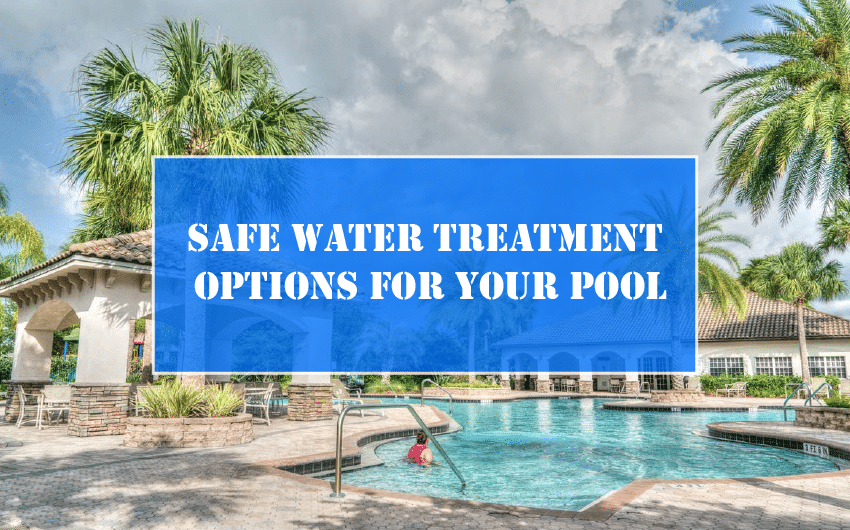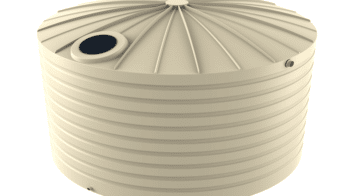
When you have issues with your pool, it can be a little disconcerting. When you are working with potentially very dangerous chemicals, it is important to be as safe as possible. Today’s article outlines two common scenarios that can happen to your pool – and how to fix them safely.
If Your Pool Is Green
If your pool is green, it means that your chemical levels are out of whack. If it’s seriously disgusting and murky then you generally only have one choice here – to drain the pool and give it an acid wash. Once you’ve drained it, clean up any muck from the lining of the pool. You’ll either need to do the acid wash yourself or get a professional to do it – we recommend the latter for safety; otherwise, you’ll need to make very sure you have all the relevant personal protective gear to do so – a whole outfit including goggles and boots. A pool cleaning professional will know exactly how to give your pool an acid wash in the safest way so we won’t outline the steps to DIY it here.
If your pool isn’t too green then you should give it a shock treatment. This will super chlorinate the pool briefly to clear up the growing bacteria. You can pick up shock treatments at your local pool shop. Remember to follow instructions for safe, super chlorination. Test your pool chemicals until you can see it’s safe again and your pool is no longer green.
Over Chlorination
It’s often an issue for pool owners that they don’t want to over chlorinate their pools. High levels of chlorine in your pool can lead to adverse health effects for people in and even around the pool. In fact, when a pool is over chlorinated it can become highly toxic to humans.
Over chlorination can lead to poor lung function (or severe effects in asthmatics), cause ear, nose and throat effects, and highly irritate the eyes. It is important to be able to identify these symptoms and link it to over chlorination if that is potentially the cause. You’ll need to equalise the water and ensure everyone stays out from in and around the pool until its back to proper operational chlorine levels again.
If you already have an over-chlorinated pool, then you’ll need to rectify the issue. It pays to test your pool first with a kit to determine how high the chlorine levels are. If you have a self-chlorinating pool – turn off the source. Remove any other chlorine tablets etc. to stop chlorinating your pool.
If your chlorine levels are quite high, you can drain off some of the water and replace with fresh water. Be wary that this is quite a slow process. Make sure you don’t have the cover on the pool as UV from the sun can help bring those chlorine levels down too. If you don’t get enough sun, then you may be able to pick up a UV lamp to help speed up the job.
You can also pick up a product from your pool supplies store that helps to neutralise chlorine. This may be in the form of hydrogen peroxide or sodium thiosulfate. Check with the store and let them know of your current chlorine levels. Keep coming back to test the pool until the chlorine levels have returned to a safe level – which is when swimmers can come in again.
If you have any concerns about your pool and safety, then it’s best left to the experts. While it may not be the cheapest choice to have them fix your pool, it’s always the safest option.
Read More :





